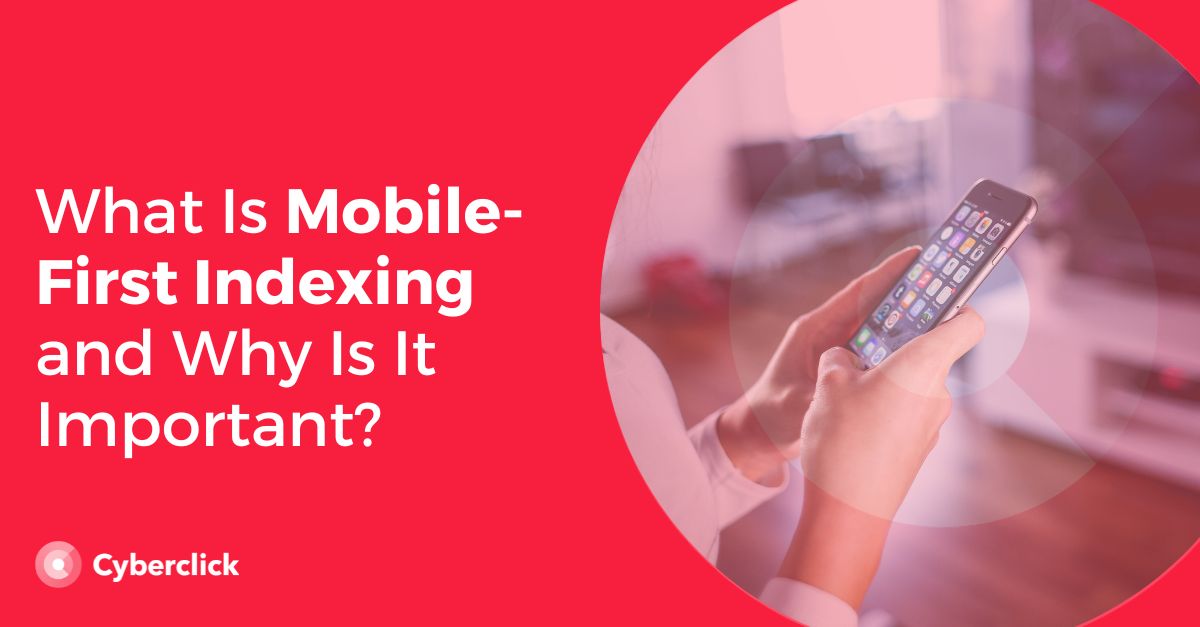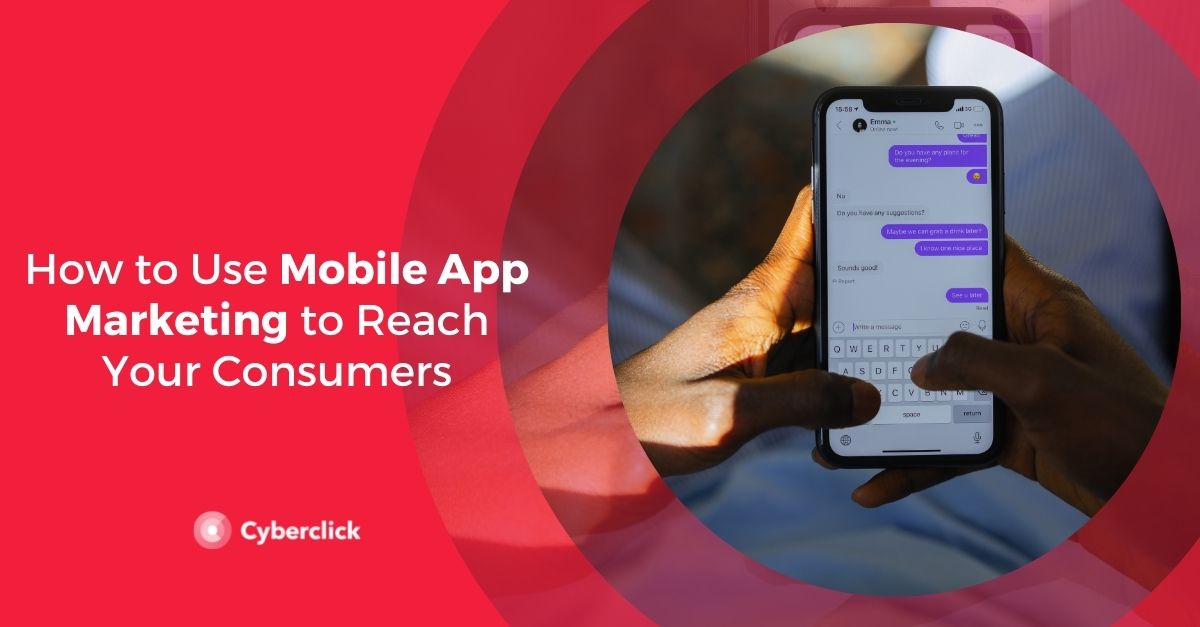Mobile learning, or m-learning, is an educational approach that uses mobile devices and tablets to facilitate access to educational content. This makes learning possible anytime, anywhere. The goal of m-learning is to maximize time efficiency by leveraging the connectivity and accessibility of today’s devices. Additionally, interactive platforms used in m-learning can be employed for mobile marketing strategies to promote and distribute educational content.

The Importance of Mobile Learning in Modern Education
Mobile learning has emerged in response to the needs of today’s highly digitalized society. It addresses the demand for more immersive, personalized, flexible, and accessible learning methods. This approach focuses on not only what is being learned but also how it is being learned, making the process more engaging and interactive.
Moreover, m-learning prepares students to tackle modern challenges, such as bridging the digital divide and managing data security. These factors make m-learning essential in contemporary society.
Benefits of Mobile Learning
Mobile learning offers numerous advantages, including:
- Flexibility and Accessibility: Users simply need an internet-connected device to access educational content. Learning can take place anytime, anywhere, accommodating various lifestyles and study rhythms. This fosters autonomy and self-directed learning.
- Engaging Learning Experience: Incorporating multimedia elements makes learning interactive and appealing. M-learning can complement traditional methods, as both approaches are fully compatible.
- Personalization: Content can be tailored to students’ needs and learning speeds, offering a more customized experience. This approach also enhances communication between students and educators, overcoming geographical and infrastructural limitations. Additionally, educators can track student progress in real-time, share updates, and provide new resources effortlessly.
Popular Mobile Learning Applications
There are several apps that make it easy to integrate m-learning into education. Some of the most popular include:
- Quizlet: This app helps with studying and learning by offering features like flashcards, educational games, and shared content created by users.
- Kahoot!: A free platform for creating and sharing educational games. Its interactive quizzes allow students and teachers to engage in real-time sessions–even via videoconferencing.
- TED: A platform with a wide range of subtitled video content, including talks from industry experts, making it ideal for exploring specific topics.
Additionally, there are apps for specialized learning, such as:
- Duolingo: For interactive language learning.
- Udemy: For online courses in programming, design, marketing, and more.
- Khan Academy: For learning science, math, and other school subjects through exercises, videos, and articles.
Who Benefits from Mobile Learning?
M-learning is designed for a broad audience, including:
- Students: From elementary to university levels, with content tailored to their educational level.
- Professionals: Those seeking to update their skills or learn new ones for career advancement.
- Lifelong Learners: Individuals exploring new areas of interest or self-study opportunities.
- Educators: Teachers looking to enhance their methods with new resources.
- Those with Limited Time or Mobility: Individuals unable to attend in-person classes due to scheduling conflicts or distance.
In short, m-learning is suitable for anyone looking to learn or expand their knowledge in a flexible, technology-driven way.
Future Trends in Mobile Learning
M-learning is expected to become even more personalized in the coming years thanks to advancements in artificial intelligence. AI could adapt educational content to individual students’ needs and offer recommendations based on their progress.
Gamification is also expected to grow, integrating augmented and virtual reality for an even more engaging and interactive learning experience. Other trends include the use of virtual assistants and voice technology to make accessing information easier, as well as an increase in multimedia content, adaptive learning tools, and inclusivity.
Tips for Making the Most of Mobile Learning
To implement m-learning effectively, start by setting clear objectives and understanding your audience. Consider factors such as age, tech-savviness, interests, and device usage. Use this information to select the most suitable platform.
Next, create compelling educational material that maximizes the features of your chosen platform. Finally, monitor user feedback and results to refine the experience and ensure continuous improvement.
CEO y cofundador de Cyberclick. Cuenta con más de 25 años de experiencia en el mundo online. Es ingeniero y cursó un programa de Entrepreneurship en MIT, Massachusetts Institute of Technology. En 2012 fue nombrado uno de los 20 emprendedores más influyentes en España, menores de 40 años, según la Global Entrepreneurship Week 2012 e IESE. Autor de "La empresa más feliz del mundo" y "Diario de un Millennial".
CEO and co-founder of Cyberclick. David Tomas has more than 25 years of experience in the online world. He is an engineer and completed an Entrepreneurship program at MIT, Massachusetts Institute of Technology. In 2012 he was named one of the 20 most influential entrepreneurs in Spain, under the age of 40, according to Global Entrepreneurship Week 2012 and IESE. Author of "The Happiest Company in the World" and "Diary of a Millennial".






Leave your comment and join the conversation